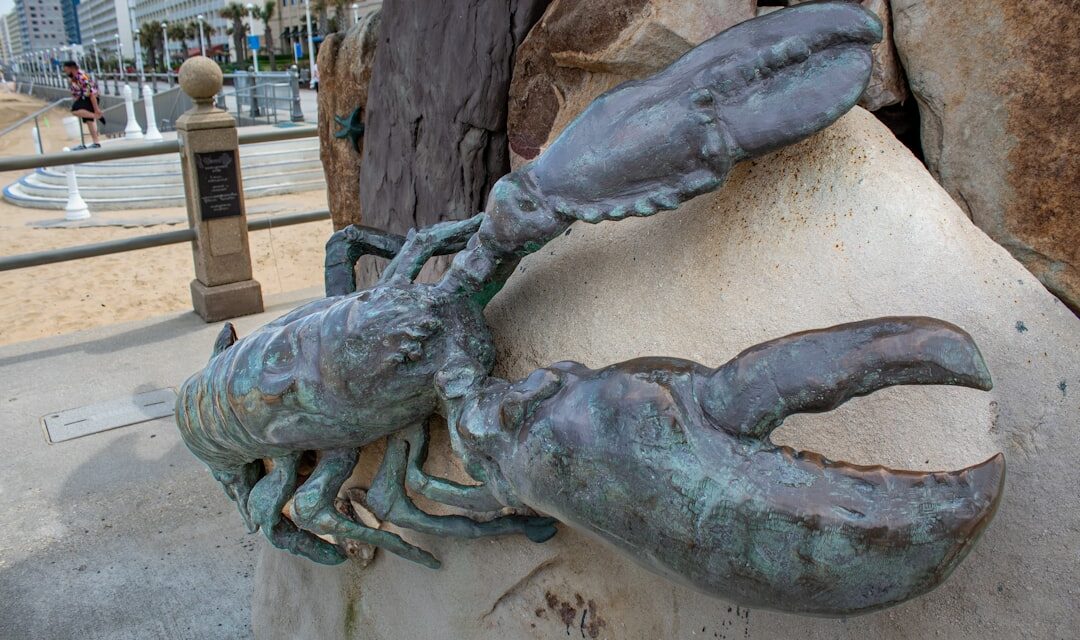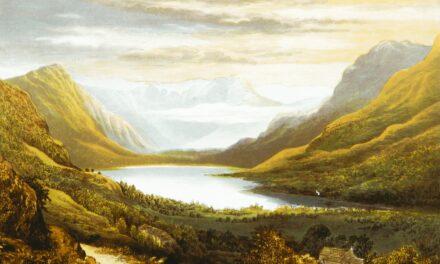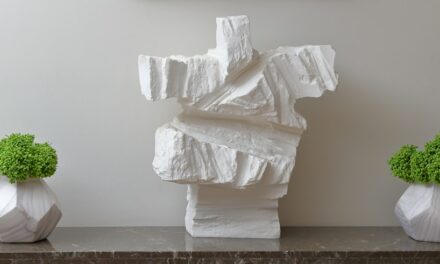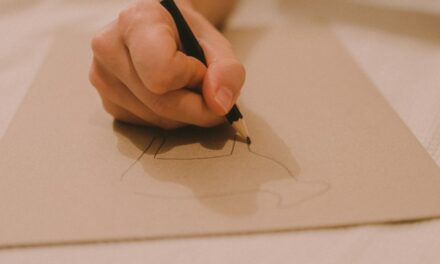Lost-wax casting, also known as cire perdue, is an ancient technique that has been employed for thousands of years to create intricate metal objects. Its origins can be traced back to the Indus Valley Civilisation around 2500 BCE, where evidence of its use has been discovered in the form of bronze figurines. This method was not only prevalent in South Asia but also found its way into various cultures across the globe, including the Egyptians, Greeks, and Chinese.
The Egyptians, for instance, utilised lost-wax casting to produce exquisite jewellery and ceremonial items, showcasing their advanced understanding of metallurgy and artistry. As time progressed, the technique evolved and adapted to the needs of different societies. In ancient Greece, artisans refined the process, allowing for greater detail and complexity in their works.
The Greeks were particularly known for their bronze statues, many of which were created using lost-wax casting. The method was so revered that it became a standard practice among sculptors and metalworkers. By the Middle Ages, lost-wax casting had spread throughout Europe, where it was employed not only for artistic purposes but also for practical applications such as creating bells and tools.
The Renaissance period saw a resurgence in the popularity of this technique, as artists sought to replicate the classical forms and intricate details of ancient sculptures.
Summary
- Lost-wax casting dates back to ancient times, with evidence of the technique found in cultures such as the Egyptians, Greeks, and Chinese.
- Materials and tools needed for lost-wax casting include wax, clay, plaster, crucibles, and metal for casting.
- The process of creating a wax model involves sculpting the desired shape in wax and attaching it to a sprue to create a wax tree.
- Creating the ceramic shell involves dipping the wax tree into a ceramic slurry, then coating it with a fine sand to create a hard shell.
- Melting the wax and pouring the metal involves heating the ceramic shell to melt and remove the wax, then pouring molten metal into the cavity left behind.
- Finishing and polishing the final casting involves removing the ceramic shell, cutting off the sprue, and polishing the metal to achieve the desired finish.
- Lost-wax casting is used in art to create intricate sculptures and jewellery, as well as in industry for creating complex metal parts and components.
- Tips and tricks for successful lost-wax casting include ensuring the wax model is free of imperfections, using high-quality materials, and carefully monitoring the metal pouring process.
Materials and Tools Needed for Lost-Wax Casting
The lost-wax casting process requires a specific set of materials and tools to ensure successful outcomes. At its core, the primary material is wax, which is used to create the initial model. This wax must be pliable enough to allow for detailed sculpting yet firm enough to hold its shape during the subsequent processes.
Various types of wax can be used, including paraffin wax, beeswax, or specially formulated casting waxes that are designed for durability and ease of use. In addition to wax, other essential materials include a heat-resistant investment material, typically a mixture of silica and plaster, which forms the ceramic shell around the wax model. This investment material must withstand high temperatures during the metal pouring phase.
Tools such as carving knives, sculpting tools, and brushes are necessary for shaping the wax model and applying details. A furnace or kiln is required to melt the metal and burn out the wax from the investment shell. Finally, safety equipment such as gloves and goggles is crucial to protect the artisan during the casting process.
The Process of Creating a Wax Model
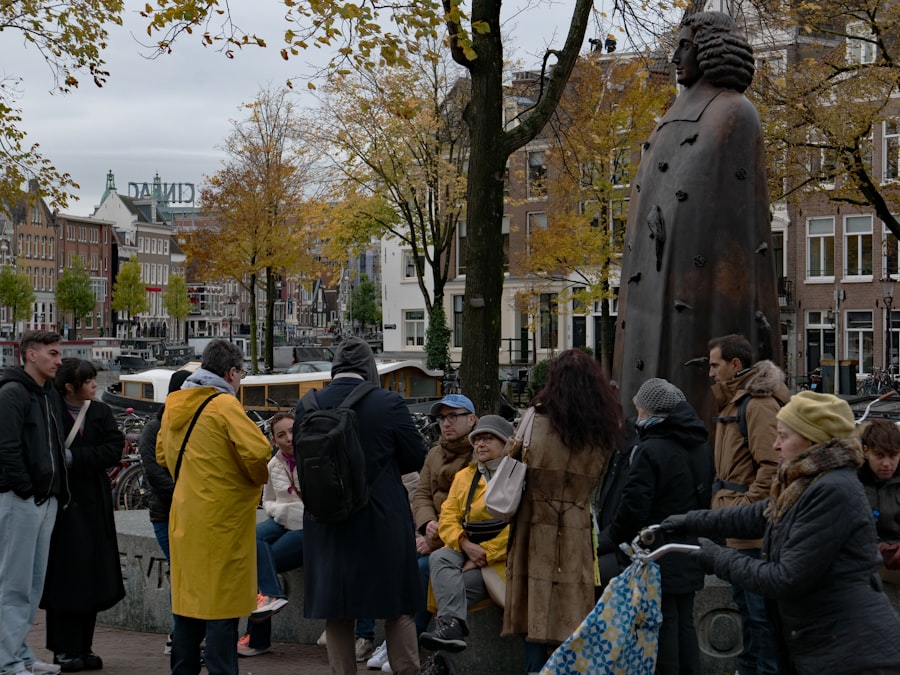
Creating a wax model is a meticulous process that lays the foundation for successful lost-wax casting. The first step involves selecting the appropriate type of wax based on the desired detail and finish of the final product. Once the wax is chosen, artisans often begin by sculpting a rough shape using their hands or basic tools.
This initial form serves as a guide for further detailing. After establishing the basic shape, finer details are added using various sculpting tools. Artisans may employ techniques such as carving, smoothing, and even adding textures to achieve the desired aesthetic.
It is crucial to ensure that the model is free from imperfections, as any flaws will be replicated in the final metal casting. Once satisfied with the wax model, it is common practice to create a sprue system—small channels that will allow molten metal to flow into the mould and air to escape during pouring. This step is vital for ensuring that the metal fills all areas of the mould without trapping air bubbles.
Creating the Ceramic Shell
The creation of the ceramic shell is a critical phase in the lost-wax casting process. Once the wax model is complete, it is coated with a liquid investment material that hardens into a rigid shell. This investment material is typically composed of fine silica sand mixed with a binding agent such as plaster or ceramic compounds.
The first layer is applied carefully to capture all details of the wax model. After applying the initial layer, it is essential to allow it to dry thoroughly before adding subsequent layers. Artisans often repeat this process several times to build up a thick enough shell that can withstand the heat of molten metal.
Each layer must be allowed to cure properly to ensure structural integrity. Once sufficient layers have been applied and dried, the ceramic shell is then heated in a kiln to harden it further and prepare it for the next stage—wax removal.
Melting the Wax and Pouring the Metal
The next step in lost-wax casting involves melting out the wax from the hardened ceramic shell. This is typically achieved by placing the shell in an oven or kiln at a temperature high enough to liquefy the wax, allowing it to drain away completely. This process not only removes the wax but also preheats the ceramic shell, making it more receptive to molten metal.
Once all traces of wax have been eliminated, and the shell has reached an appropriate temperature, it is time to pour in the molten metal. The choice of metal can vary widely depending on the intended application; common choices include bronze, silver, gold, and aluminium. The molten metal is poured into the preheated shell through the sprue system created earlier.
It is crucial to pour steadily and at an appropriate temperature to avoid defects such as cold shuts or inclusions in the final casting.
Finishing and Polishing the Final Casting

After allowing sufficient time for the metal to cool and solidify within the ceramic shell, artisans carefully break away the investment material to reveal the final casting. This stage often involves chiselling or hammering away at the shell while taking care not to damage the newly formed metal object inside. Once freed from its ceramic confines, the casting may exhibit rough edges or surface imperfections that require attention.
Finishing touches are essential for achieving a polished final product. Artisans typically employ grinding tools to remove any excess material or rough spots from the surface of the casting. Following this initial grinding, finer polishing techniques are used to enhance the object’s appearance further.
This may involve using polishing compounds or buffing wheels to achieve a smooth and lustrous finish. Depending on the desired aesthetic, additional treatments such as patinas or coatings may be applied to enhance colour or protect against tarnishing.
Applications of Lost-Wax Casting in Art and Industry
Lost-wax casting has found applications across various fields, from fine art to industrial manufacturing. In art, this technique remains a preferred method for sculptors seeking to create detailed bronze sculptures or intricate jewellery pieces. Renowned artists such as Alberto Giacometti and Henry Moore have utilised lost-wax casting to produce iconic works that showcase both technical skill and artistic vision.
In industry, lost-wax casting plays a vital role in producing precision components for machinery and aerospace applications. The ability to create complex shapes with high accuracy makes this method particularly valuable in sectors where performance and reliability are paramount. For instance, components such as turbine blades or intricate engine parts are often produced using lost-wax casting due to their demanding specifications and performance requirements.
Tips and Tricks for Successful Lost-Wax Casting
For those venturing into lost-wax casting, several tips can enhance success rates and improve overall results. First and foremost, attention to detail during each stage of model creation is paramount; any imperfections in the wax model will be magnified in the final product. It is advisable to take time during this phase to ensure that every aspect is meticulously crafted.
Additionally, when creating the ceramic shell, patience is key; allowing each layer to dry thoroughly before applying subsequent layers will prevent cracking or structural weaknesses in the shell. When pouring molten metal, maintaining an even temperature throughout both the metal and shell will help avoid issues such as thermal shock or incomplete filling. Finally, investing in quality materials—be it wax, investment material, or metal—can significantly impact outcomes.
High-quality materials often yield better results in terms of detail retention and overall finish quality. By adhering to these practices and continuously refining techniques through experience, artisans can master lost-wax casting and produce remarkable works that stand testament to this ancient yet enduring craft.
If you’re intrigued by the intricate processes behind some of the most enduring art techniques, you might find the article on Lost-wax casting particularly enlightening. This ancient method of metal casting, where a duplicate metal sculpture is cast from an original sculpture, has been pivotal in creating some of the most iconic pieces in art history. To further explore the evolution of artistic techniques and their historical contexts, you may also appreciate reading about another transformative art movement in the article An Introduction to Land Art. This piece delves into a genre that uses the natural landscape itself to create site-specific structures, offering a compelling contrast to the more traditional sculptural techniques like lost-wax casting.
